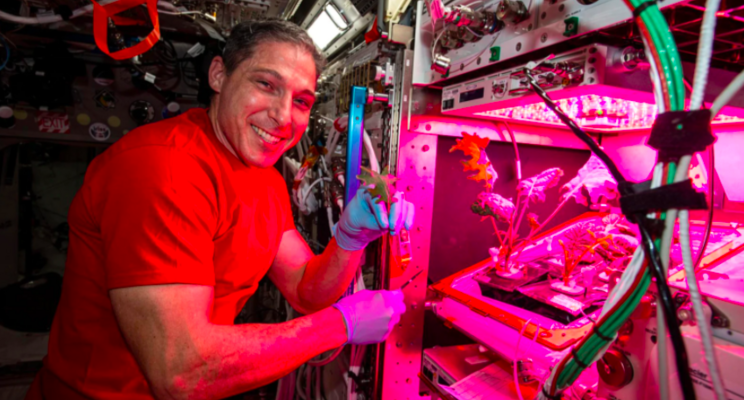How NASA is feeding astronauts using VegBed grow mats?
Added on 23 May 2022

Why is it important to get food right for astronauts?
Feeding astronauts isn't as straightforward as you may think! You can't just pack some protein bars and call it a day. The vitamins in the pre-packaged food brought up into space degrade over time. NASA currently has a Veggie growing unit which helps provide some of the vitamins and minerals for the astronauts.
Is there a way to increase the nutritional density of what is being grown? What are the most efficient things to grow?
Dr. Johnson has been testing growing microgreens for spaceflight applications with the help of VegBed growing mats. So far the results have been very promising. It performs especially well when combined with a wicking mat underneath.
Why are microgreens a good choice for astronauts?
ˇ They take up small space to grow
ˇ They grow quickly (typical varieties in 10-14 days)
ˇ They have high nutritional density
ˇ They're flavorful!
Right now, there really isn't any way to "cook" in space, so being able to eat foods that need minimal prep/cooking is vital. No Weber grill for me!
Can we pack more nutrients into the food grown in space?
Her research also involves Agronomic Biofortifcation - the deliberate use of mineral fertilizers to increase the concentration of a target mineral in edible portions of crops.
It's been tested on Earth, but they are trying to replicate this in a controlled environment and expand it to nutrients that are not often present in abundance in plants (Vitamin D, Potassium, etc..). Below you can see a Cherry Belle radish variety grown on the mats.
Photo Credits: NASA, Urban Ag News
Source: Urban Ag News
More news















